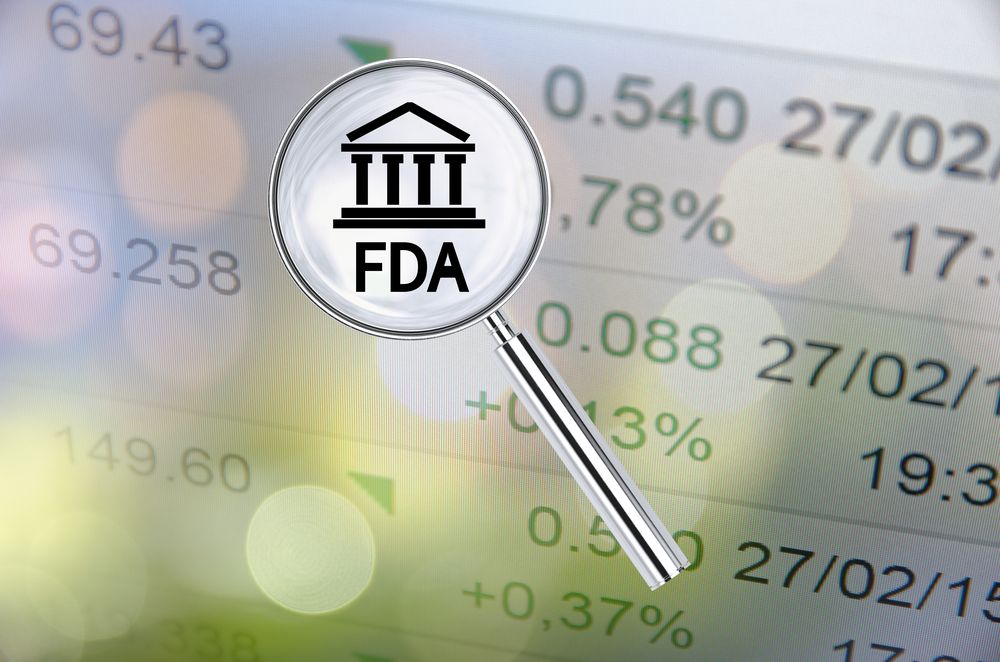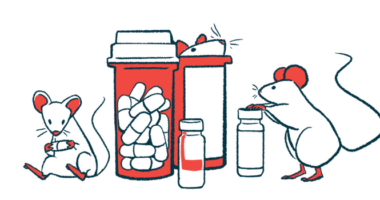Seelos Seeks Natural History Data, Rare Disease and Orphan Drug Designations for SLS-005

Seelos Therapeutics and the U.S. Food and Drug Administration (FDA) are continuing to discuss the use of Sanfilippo syndrome natural history data as a control for a pivotal U.S. study of the investigational SLS-005 (trehalose) treatment. The biopharmaceutical company also has submitted requests for rare pediatric disease designation (RPDD) and orphan drug designation (ODD) for SLS-005.
Trehalose, the active component of SLS-005, is a sugar made by some bacteria, fungi, plants, and invertebrate animals. Given intravenously (directly into a vein), it can cross into the central nervous system (brain and spinal cord) and promote autophagy, the cellular waste disposal system. As such, SLS-005 may enhance cells’ ability to eliminate the abnormally accumulated glycosaminoglycan sugars that are characteristic of Sanfilippo syndrome.
Seelos had previously been approved to begin a Phase 2b/3 clinical trial in the United States testing SLS-005 in patients with Sanfilippo syndrome types A or B. The company also received written guidance from the European Medicines Agency (EMA) for designing an open-label, non-placebo controlled, Phase 2b/3 study for the treatment of patients with Sanfilippo types A and B in the European Union.
Because rare diseases affect relatively small populations, they tend to be poorly understood, as compared with more common diseases. The small affected populations can complicate clinical trial design, as there may be too few individuals with the condition being studied to generate strong data.
Natural history data helps to fill in these knowledge gaps and can be used as a form of experimental control. Natural history studies are observational studies that aim to identify demographic, genetic, and environmental factors, among others, that relate to the development and outcomes of the disease.
In some cases, when there are too few participants to properly randomly select patients to receive a placebo as controls, researchers can compare clinical results with natural history studies.
This is what Seelos hopes to achieve by using natural history data as a control for its Phase 2b/3 pivotal study in the US.
The rare pediatric disease and and orphan drug designations are two ways in which the FDA helps to bring medicines meant to treat rare diseases to the market.
In the case of rare childhood diseases, the RPDD grants the maker of a qualified medicinal compound a voucher that can be used to obtain a priority review. That can help speed a candidate medicine through the regulatory process.
Compounds designated as “orphan drugs” are those meant to treat rare diseases, pediatric or otherwise. Qualifying compounds are granted developmental incentives, such as tax credits, and are not subject to prescription drug user fees, unless the application includes an indication for conditions other than the rare disease for which the therapy was designated.
Seelos expects updates to the SLS-005 program as the year progresses.






